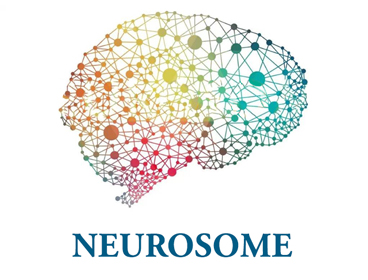WP-5 will start forming the collation of the available HBM data. This will be based on data and biobanked samples from the existing studies INMA, CROME and HEALS (Spain), PELAGIE, MECANA and HEALS (France); JSI, (Slovenia), PHIME, CROME and HEALS (Slovenia and Croatia); PHIME, PROBE, Taranto, CROME and HEALS (Italy); PHIME, CROME and HEALS (Greece). The NEUROSOME partners had key roles in the formation and follow-up of these cohorts; thus no ownership and sample availability problems are expected while respecting all relevant ethical constrains. Blood, urine and hair samples from 1500 individuals from these studies will be re-analysed with different -omics technologies. This will include:
- Chemical analysis of urine, blood and hair (1500 samples of each matrix from the studies above). The goal is to create a common dataset of compounds focusing on metals, plasticisers (phthalates and phenols) and pesticides and associate them with multi-omics responses and the respective neurodevelopmental scores.
- Whole genome transcriptomics (1500 blood samples from the studies above); it has been found that MeHg specifically enhances neural differentiation–related gene expression and reduces other embryonic differentiation routes on neural embryonic stem cell test. It would be interesting to investigate the differentiation under co-exposure to other neurodevelopmental toxicants, since MEHP (major metabolite of DEHP) has been found to induce inhibition of neural differentiation at non-cytotoxic concentrations.
- Metabolomics (1500 urine and 1500 blood samples from the studies above); entails the global analysis of metabolites in easily accessible human body fluids. Metabolomics profiling of urine samples have been used to determine a comprehensive biochemical signature of ASD providing the ground for further investigation. Established sample preparation protocols (for plasma and urine) and the latest generation of analytical methods will be applied coupling LC-MS/MS (ToF), GC-MS/MS (ToF) and NMR.
- Genome-wide profiling (1500 blood samples from the studies above) targeting toxicologically relevant genes that either predispose for neurological disorders, or increase the susceptibility related to xenobiotics exposure.
- Targeted in vitro and in vivo Establishing a causal relationship between exposure and toxicity requires a multidisciplinary approach including experimental studies. Human omics approaches can reveal effect biomarkers, that need to be validated experimentally. This will be based on in vitro studies assessing complex toxicological outcomes using relevant cells such as neuronal cells (derived from IPS cells), glial cells and endothelial cells, but also on in vivo rodent models.


